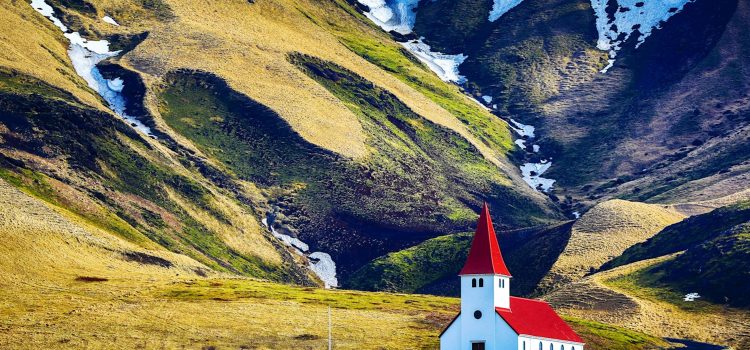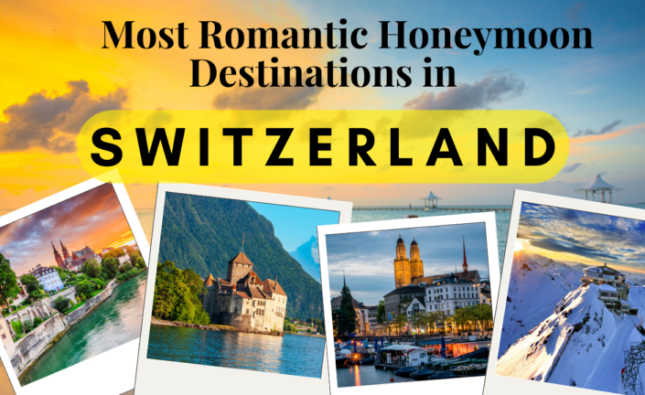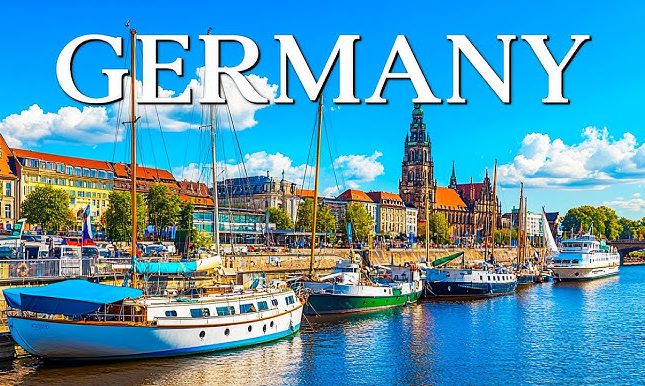
Iceland, the land of fire and ice, captivates travelers with its stunning landscapes and unique natural phenomena. Among its many wonders, the Midnight Sun stands out as a mesmerizing spectacle, drawing adventurers from around the globe. guide we delve into the enchanting experience of chasing the Midnight Sun in Iceland, exploring its allure, significance, and practical aspects.
Phenomenon of the Midnight Sun
The Midnight Sun is a natural phenomenon that occurs in regions north of the Arctic Circle during the summer months. It is characterized by the sun remaining visible for 24 hours a day, never fully setting below the horizon. This remarkable occurrence is a result of the Earth’s axial tilt and its orbit around the sun, creating prolonged daylight hours during the summer solstice.
Exploring Iceland’s Midnight Sun Season
Iceland, located just south of the Arctic Circle, offers prime viewing opportunities for the Midnight Sun. From late May to mid-July, visitors to Iceland can witness this extraordinary phenomenon in various parts of the country.Embark on scenic hikes through lush valleys and rugged lava fields, and marvel at panoramic ice no other. Whether you’re chasing waterfalls, soaking in geothermal hot springs, or exploring Viking heritage, Iceland’s summer magic awaits. views of Iceland’s dramatic landscapes. The duration and intensity of the Midnight Sun season vary depending on the latitude, with northern regions experiencing continuous daylight for several weeks.

Midnight Sun in Iceland
Chasing the Midnight Sun in Iceland promises a unique and unforgettable experience for travelers. Beyond the natural spectacle, Iceland’s pristine landscapes, diverse wildlife, and rich cultural heritage add depth to the journey. Whether hiking along rugged coastlines, exploring volcanic landscapes, or immersing oneself in Icelandic folklore, the Midnight Sun season offers endless opportunities for exploration and discovery.
Understanding the Midnight Sun Phenomenon
The Midnight Sun phenomenon occurs when the sun’s apparent position in the sky at midnight is above the horizon, resulting in continuous daylight. This occurrence is most pronounced near the Arctic Circle, where the tilt of the Earth’s axis causes the sun to remain visible for extended periods during the summer solstice.
Explanation Behind Midnight Sun
The Midnight Sun phenomenon is a consequence of the Earth’s axial tilt of approximately 23.5 degrees relative to its orbit around the sun. During the summer months, the Northern Hemisphere tilts towards the sun, leading to longer daylight hours and the Midnight Sun phenomenon in high-latitude regions such as Iceland.
like no other. Whether you’re chasing waterfalls, soaking in geothermal hot springs, or exploring Viking heritage, Iceland’s summer magic awaits.

What are the best activities to do in Iceland during summer?
From glacier hiking and whale watching to exploring volcanic landscapes and indulging in local cuisine, Iceland offers a plethora of activities for summer travelers.
When is the best time to visit Iceland for the midnight sun?
The midnight sun phenomenon can be experienced from late May to mid-July, with peak visibility around the summer solstice in June.
Are the roads in Iceland safe for driving during summer?
While Iceland’s roads are generally well-maintained, travelers should be cautious, especially when driving in remote areas or on gravel roads. It’s essential to check road conditions and weather forecasts before embarking on a road trip.
What clothing should I pack for a summer trip to Iceland?
Layers are key for Iceland’s unpredictable weather. Pack warm clothing, waterproof outerwear, sturdy hiking boots, and don’t forget your swimsuit for hot springs!
Is it possible to see the Northern Lights during Iceland’s summer?
The Northern Lights are typically visible in Iceland from September to April when nights are darker. However, lucky travelers may catch a glimpse of the aurora borealis during the late summer months on clear nights.
How can I contribute to sustainable tourism in Iceland?
Travelers can support sustainable tourism in Iceland by choosing eco-friendly accommodations, minimizing waste, respecting nature, and supporting local conservation initiatives.
Conclusion
Iceland’s summer is a time of endless wonder and exploration, where the land of fire and ice comes alive with vibrant energy and natural beauty. From the captivating allure of Reykjavik to the untamed wilderness of glaciers and waterfalls, each moment spent in Iceland is an opportunity for discovery and adventure. Whether you’re seeking relaxation, cultural immersion, or adrenaline-pumping escapades, Iceland’s summer magic offers something for every traveler. So, pack










